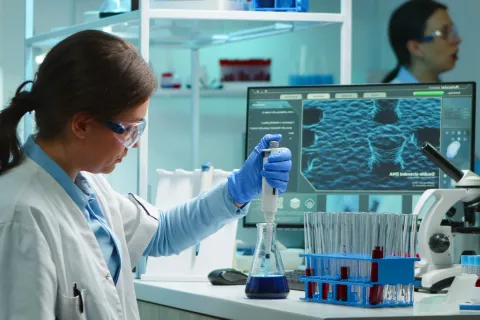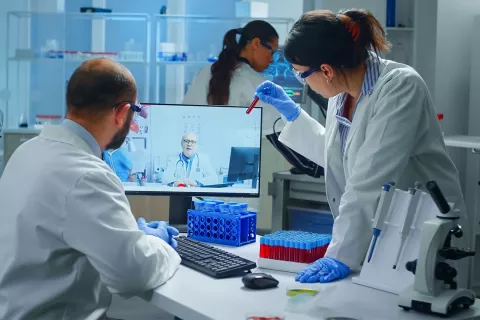The world of medicine relies on a delicate balance between the effectiveness of drugs and their safety for patients. Pharmacovigilance, the science of monitoring drug safety, plays a crucial role in this equation. At the heart of pharmacovigilance lie the databases that store and analyze vital information on adverse drug reactions (ADRs).
The journey of pharmacovigilance databases is a fascinating one, marked by continuous advancements in technology and a growing understanding of drug safety. Let's take a trip down memory lane:
Early Days: Manual Systems and Missed Signals
Before the digital age, pharmacovigilance relied on paper reports submitted by healthcare professionals. These reports were often slow to process, and identifying trends or rare side effects was a significant challenge. The thalidomide tragedy in the 1960s, where a seemingly safe drug caused birth defects, highlighted the limitations of these manual systems.
The Digital Revolution: Rise of Electronic Databases
The introduction of electronic databases in the late 20th century revolutionized pharmacovigilance. These systems allowed for faster reporting, improved data analysis, and better communication between healthcare professionals and regulatory bodies. The World Health Organization (WHO) was key in establishing global pharmacovigilance programs and databases like the Programme for International Drug Monitoring (PIDM).
The Age of Big Data and AI
Today, pharmacovigilance databases are becoming increasingly sophisticated. Big data analytics allows for identifying complex patterns and trends in ADR data. Artificial intelligence (AI) is being explored to automate tasks, improve data quality, and predict potential safety issues.
The Future: A More Connected and Collaborative Landscape
The future of pharmacovigilance databases lies in enhanced international collaboration and the adoption of new technologies. We can expect to see:
- Standardized reporting formats: This will improve data sharing and analysis across different countries.
- Real-world data integration: Data from electronic health records and other sources can provide a more comprehensive picture of drug safety.
- Patient involvement: Empowering patients to report ADRs directly can contribute valuable real-world data.
To summarize this journey, spanning over six decades, is marked by continuous advancements in technology and a growing emphasis on identifying and preventing adverse drug reactions (ADRs).
| Era | Description | Limitations | Advancements |
| Pre-1960s | Paper-based reporting | Slow, laborious, error-prone | N/A |
| 1960s-1990s | Early electronic databases | Limited data capture, and analysis capabilities | Introduction of electronic databases, WHO programs like PIDM |
| 2000s-2020s | Big Data and AI integration | Data quality issues, potential for bias | Increased data volume and complexity, automation with AI |
| 2020s (present) | Focus on collaboration and standardization | Incomplete global participation | Efforts towards standardized reporting formats, real-world data integration, patient involvement |
The evolution of pharmacovigilance databases has been a journey marked by innovation, collaboration, and a steadfast commitment to patient safety. As we navigate the complexities of modern healthcare, regulatory partners like Freyr through their expertise in regulatory compliance, technology solutions, and global reach can provide invaluable assistance in ensuring the efficacy and safety of pharmacovigilance databases. Together, we can harness the power of data and technology to safeguard public health and advance the future of medicine.










